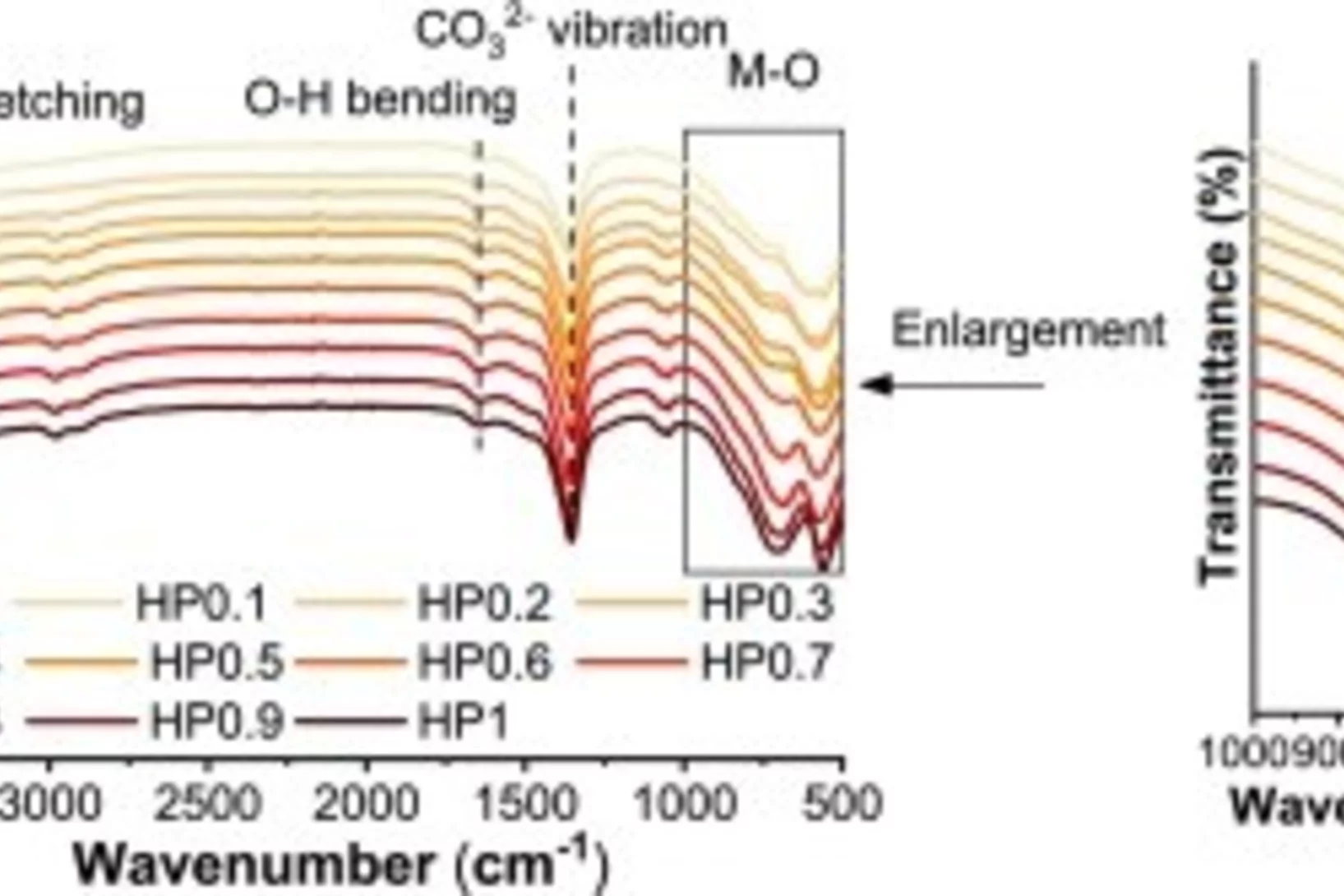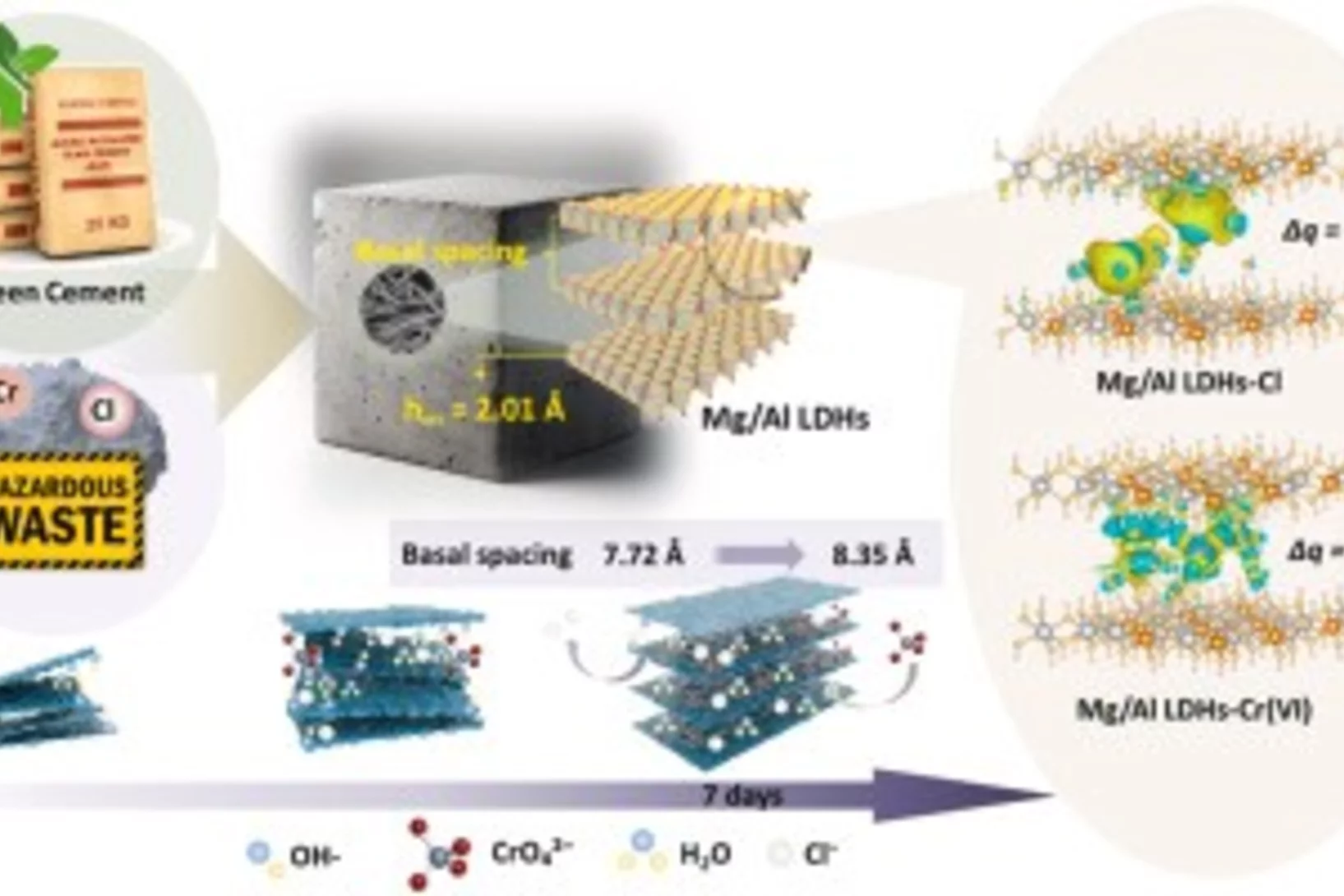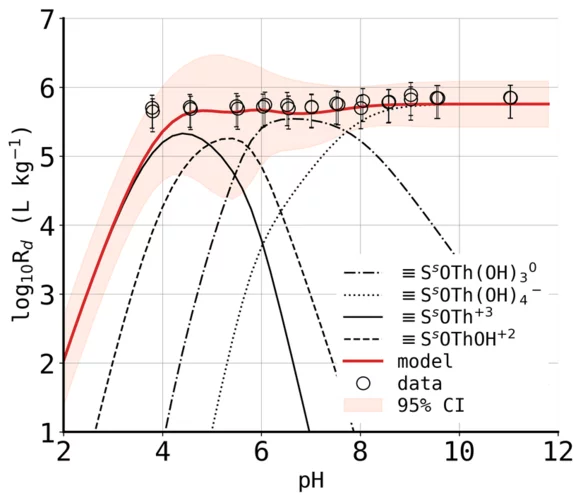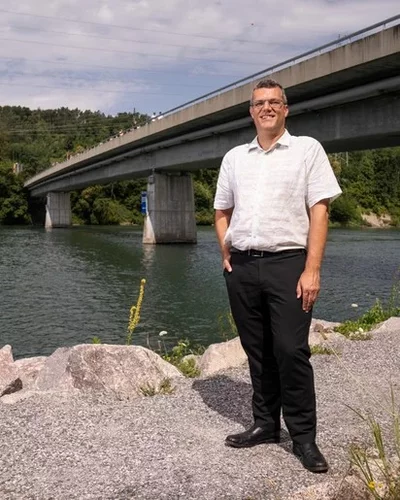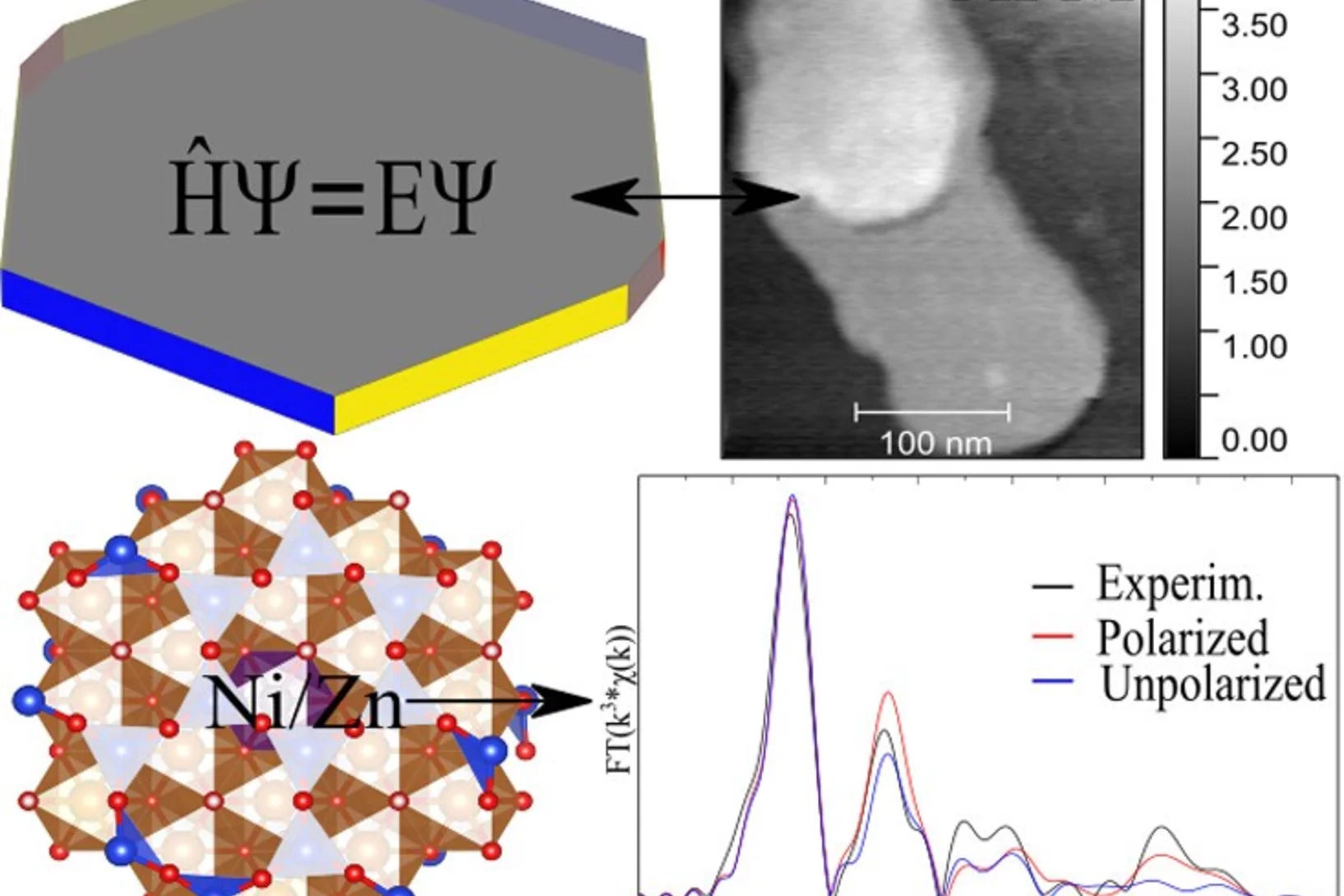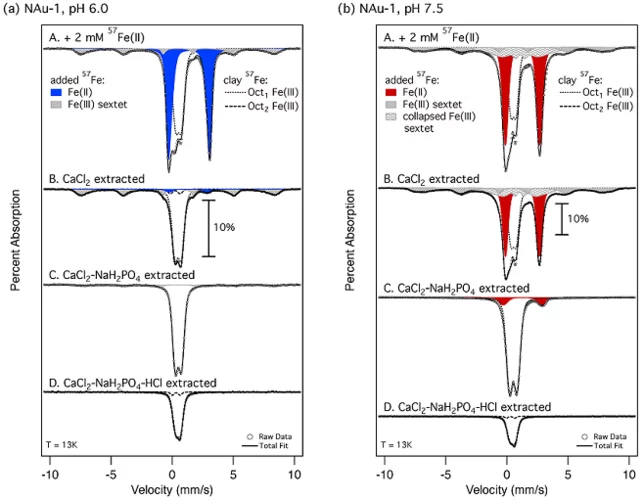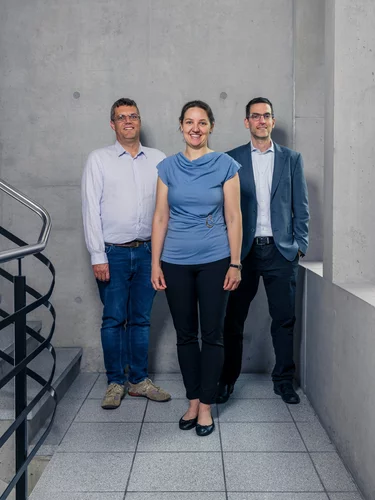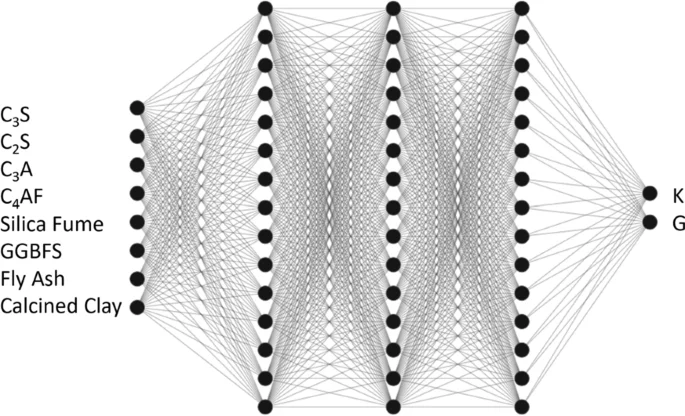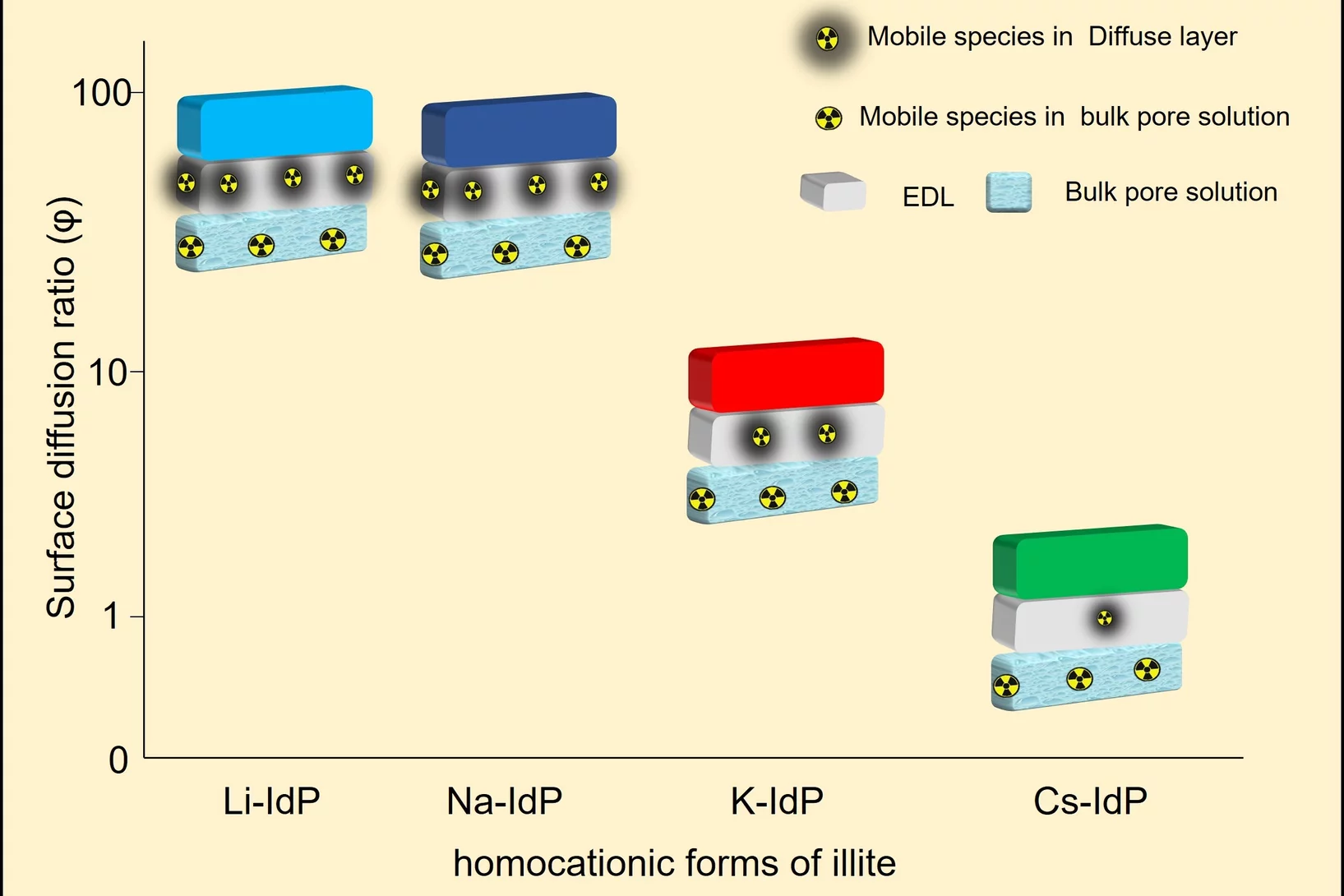Show filters
Hydrotalcite-pyroaurite solid solution in cement system...
Wang et al., 2025
Hydrotalcite-pyroaurite solid solutions, which are common minerals both in nature and in modern cementitious materials, hold significant potential for waste immobilization and cement properties yet remain insufficiently studied. In this work, we first synthesized a series of hydrotalcite...
Reconstruction kinetics and structural evolutions of chromate and...
Zhang et al., 2025
Understanding the early-stage reconstruction of Mg/Al layered double hydroxide (LDH) is critical for enhancing anion immobilization in low-carbon cementitious systems. Here, we combined in-situ and ex-situ synchrotron X-ray diffraction analyses to reveal the time-dependent and reversible layered structure transformation of Mg/Al-LDH from calcined Mg/Al-LDH (CLDH) in cementitious environments enriched with...
ClaySor 2023: Implementation of the 2SPNE SC/CE sorption model and...
Marinich et al., 2025
The ClaySor 2023 model package within the GEM-Selektor software includes an updated version of the two-site protolysis non-electrostatic surface complexation and cation exchange model for illite and montmorillonite, as well as the first implementation of the generalised caesium sorption model for illite. These models have been harmonised with the most recent PSI Chemical Thermodynamic Database 2020, resulting in the updated.....
“Watching concrete set is a lot more exciting than you might think”
Grey, hard, boring – for most people, these three words adequately describe concrete as a material. John Provis has a different view. This scientist at the Paul Scherrer Institute PSI has devoted his research career to this ubiquitous and economically important building material. He hopes to unlock the secrets of concrete.
Local Crystal Structure of Ni2+ and Zn2+ Doped Saponite Determined by...
Stotskyi et al., 2025
Due to their small particle size and high surface reactivity, clay minerals control geochemical conditions in soils. Particularly important are the sorption phenomena. In this work, the structure and speciation of the most stable edge surfaces of synthetic trioctahedral smectite saponite are measured by atomic force microscopy and modeled using molecular simulations based on density functional theory...
Reduction-Driven Mobilization of Structural Fe in Clay Minerals with High Fe Content
Neumann et al., 2025
Clay minerals contain significant amounts of Fe in their alumosilicate framework, and this structural Fe can be reduced and re-oxidized, constituting a potentially renewable source of reduction equivalents in sedimentary environments. However, dissolution and/or clay mineral transformations during microbial Fe reduction contradict this concept....
AI paves the way towards green cement
The cement industry produces around eight percent of global CO₂ emissions – more than the entire aviation sector worldwide. Researchers at the Paul Scherrer Institute PSI have developed an AI-based model that helps to accelerate the discovery of new cement formulations that could yield the same material quality with a better carbon footprint.
Machine learning-accelerated discovery of green cement recipes
Boiger et al., 2025
Cement production, a significant contributor to global CO2 emissions (about 8%), requires strategies to reduce environmental impact while maintaining material integrity. This study uses advanced modeling techniques, machine learning, and multi-objective constrained optimization to explore and identify cementitious blend compositions that are optimal with respect to material performance and CO2 footprint. Given a cement recipe (clinker and supplementary cementitious materials), thermodynamic modeling is used to predict the corresponding hydration products that can then be utilized to calculate homogenized mechanical properties at the paste scale, e.g. elastic moduli. This supports a robust training database.....
Diffusion and retention of Co2+ and Zn2+ in homocationic forms of illite..
Zerva et al., 2025
Surface diffusion of cationic species has frequently been postulated to explain the results of diffusion studies in compacted clay minerals and clay rocks. However, the underlying mechanism of this process is not well understood, and the factors controlling the diffusive flux are not yet satisfactorily quantified. In this study, the role of ion-specific molecular interactions in the electric double layer formed at the clay mineral-fluid interface is investigated...


